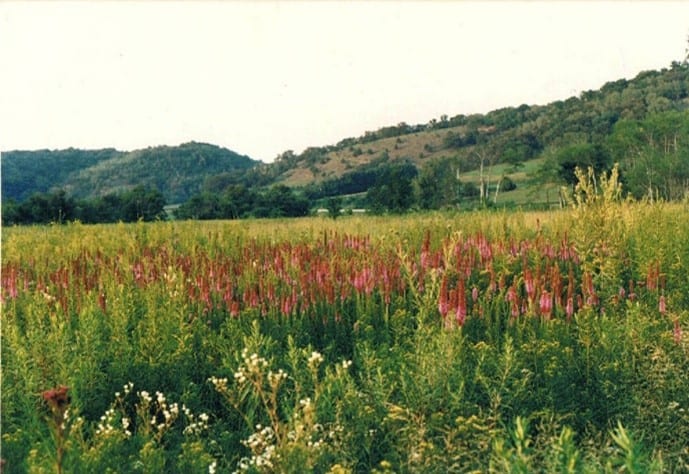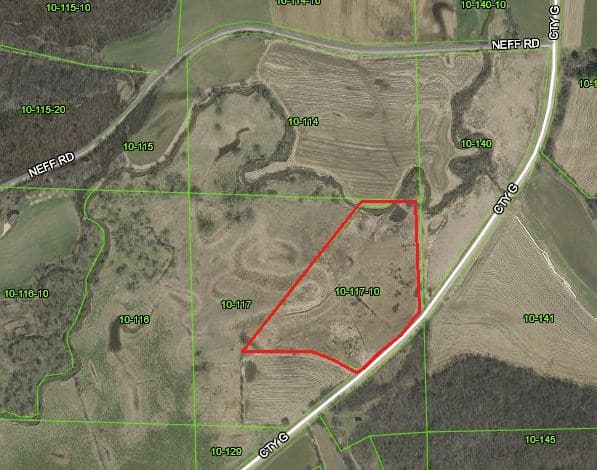
Thomas Wet Prairie
These 13.7 acres preserve wet prairie, sedge meadow, little pools, clumps of willow and a single large bur oak. Biologists have recorded over 200 plant species and scores of insect and spider species. When’s the last time you saw a crayfish tunnel in a prairie? Thomas Wet Prairie is full of them. It also home to a fuzzy-shelled old snapping turtle. Each summer, dozens of sedge wrens and a few snipe nest there. Bald eagles often visit the bur oak.
ACCESS & DIRECTIONS
Thomas Wet Prairie is located in Grant County on County Trunk Highway G, approximately 7.5 miles south of the village of Muscoda and 8 miles north of the intersection with US Highway 18. 16403 County Road G, Muscoda 53573.
Google Map
Usage Policies
Allowed:
- Hiking
- Hunting (for all species, no permit or reservation required)
Not Allowed:
Ownership History
For decades, the Thomas family left their cattle in the wet prairie. Far from the barn, and too squishy for easy walking, cattle didn’t graze the land very hard. The Thomas family includes nature lovers. They never installed drain tile or broadcast sprayed the pasture with herbicide the way some farmers might. Their gentle approach to farming sustained the native community.
In the late 1980s, the Prairie Enthusiasts purchased 13.7 acres from the Thomas family with targeted funds from a major donor. Before then, volunteers had explored, documented and managed prairie remnants, but hadn’t acquired any land for permanent protection. At Thomas Wet Prairie, The Prairie Enthusiasts became a landowner for the first time.
Management
Although Thomas Wet Prairie never had the dense brush that threaten many prairies, reed canary grass and hybrid cattails crowd out native species in parts of the preserve. To reduce their abundance, volunteers use a combination of frequent fire and selective herbicide treatment. When burning, volunteers leave half of the land unburned as a refuge for fire-sensitive species. Volunteers spread seeds of native species into the areas where they are removing pest species.

